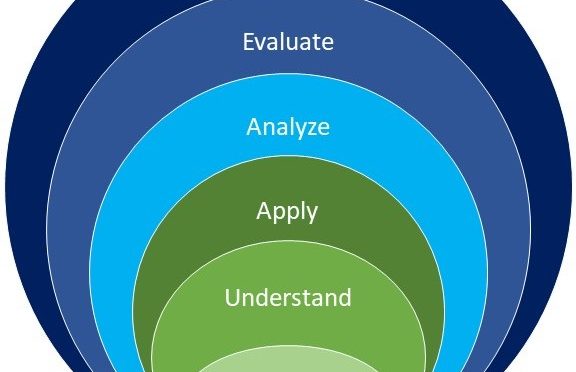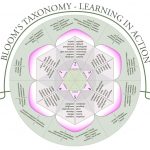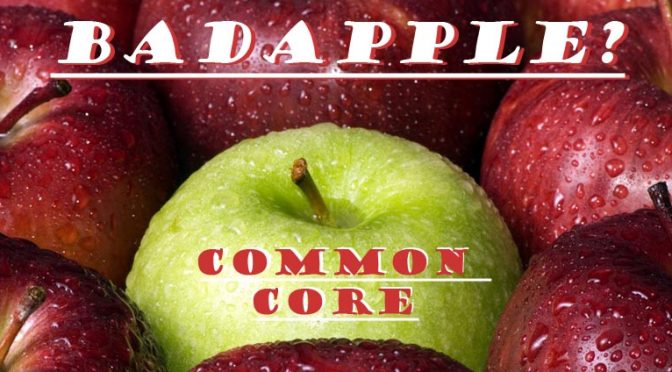When developing test-taking skills for standardized tests such as AP, ACT, and SAT tests there are usually two approaches:
-
Strategy no. 1: Improve on content knowledge & skills.
-
Strategy no. 2: Employ test-taking strategies, such as skipping, annotating, anticipating answers, and elimination.
That’s all good and well, but there’s no single method to apply to every question. So what else can parents do to help students improve on standardized tests?
-
Strategy no. 3: Attack the Question
The Test Knows more than you?
This third approach emphasizes treating questions as sources of information, looking upon questions as giving, not taking.
All too often I hear from students that the test “knows more” than they do. What they’re saying is that they don’t trust themselves, and they end up second-guessing themselves or, worse, choosing incorrect answers simply because they don’t know the meaning of a word in it.
These students are not looking a the question as a source of information. They’re letting the question take — and not making it give.
So a very first place for improvement is to look upon…
Test Questions as Information
Effective test-takers will use information in the test, especially the questions. Questions are to them guidance and not an impediment.
Even the most basic question contains information:
Why is the sky blue?
Before answering the question, let’s see what it tells us:
- The sky is blue
- There is a reason for that.
Okay, great, but so what?
Well, that information is actually quite useful — if we look upon it as information and not a judgment about what we know or don’t know about the sky being blue.
If I don’t know what the sky or blue are, well, maybe here’s an opportunity to engage in a good skipping strategy. Sometimes you just don’t know.
But just because I don’t know the direct answer, by looking at the question as a source of information I can begin to apply that information to something I do know:
- The sky is… the atmosphere.. it’s made up of, oxygen and other gasses, and clouds… and clouds are water… sunlight bounces off the atmosphere…
- Blue is… a primary color… blue light is high on the color frequencies…
- There is something about the sky, the color blue that combines to make the sky blue.
Having considered the information in the question and identifying what I know about it, I can now better employ our Strategy no. 2 of anticipation and elimination.
Just as importantly, since I have considered the question carefully, I will be less likely to be fooled by the possible wrong answers, many of which are designed precisely to mislead the student based upon an incorrect association with a word in the question. Thinking over the question deliberately helps me avoid that trap.
Attack the Qualifiers!
Once we get past the idea that the test “knows more than I do,” we can approach it as a useful instrument. Here Question Attack is essential.
Let’s go back to our question, “Why is the sky blue?” Of course a standardized test will ask a more complex question, but it’s never more complicated than a series of qualifications that limit or define a simple question, such as,
Why is the sky a lighter blue on the horizon than straight above?
First, we find information in the question
- The sky is blue
- The blue is lighter on the horizon than straight up
- There is something in the horizon that makes the sky a lighter blue.
Our simple question has now been qualified to a certain distinction, i.e., the difference between the color blue on the horizon and above.
Standardized test questions will always bring in some type of qualifier that defines the scope and purpose of the question. The effective test-taker will identify that qualifier and sort the information in the question according to it.
Typical qualifiers are “determiner” words such as “most,” “more,” “some,” etc. Sometimes it comes in a prepositional phrase, such as “during the summer months…”
Again, possible wrong answers frequently tempt the test taker into making an incorrect association with a word or idea in the question, especially the qualifiers. By identifying the question qualifiers, we are less likely fooled.
Regardless the form, effective Question Attack will identify the qualifier and discern its impact on the information provided in the question.
Questions as Answers to Other Questions
If questions contain information, then it is likely that information will be used or repeated elsewhere on the test. We won’t notice it, however, if we’re looking at questions as a challenge rather than as a source of information.
This approach is less useful in SAT and ACT tests in which the textual material is random, however, on subject tests, such as AP tests and SAT subject tests, there will always be redundant information. The effective test taker will be aware of how to apply information in one question to answer another.
On the math side, it works the same, as math questions are often different forms of similar concepts, especially in the use of theorems or equations.
On the SAT and ACT tests, careful readers of test questions will identify repetition of required skills and concepts.
For example, in the SAT Writing section, a commonly addressed skill is appropriate use of semicolons, colons, dashes, and commas. While the textual source will be different, the same concept will be tested multiple times.
For example, from the College Board Official SAT Practice Test 2, we find two questions at opposite ends of the Writing section on use of these punctuation marks:
It took me by surprise, then, when my favorite exhibit at the museum was one of it’s tiniest; the Thorne Miniature Rooms.
Her goals were straightforward, however: reduce waste, maintain and perpetuate knowledge and skills, and strengthen community.
If we compare what these questions are measuring, it helps remind us of the grammatical rules at work. In both sentences, we find dependent secondary clauses, i.e., they do not stand as full sentences, which requires subject + verb. Therefore we know we are working with a list or example to extend or explain the first clause.
Whereas the first sentence is more straightforward in that the second clause provides an example (a list of one) to support the first, by remembering that rule, we can see through the more complex second sentence, which also provides examples or a list to support the first clause, only confused by inclusion of the unnecessary adverb, “however.”
Now that I have identified the concept or skill being measured, i.e., what punctuation mark sets up a list, and seeing multiple examples of it, I can better select the correct answer, which in both cases is a colon (only without the “however” in the second).
Slow Down, Be Thoughtful, Identify Question Expectations
Question Attack prevents the test taker from jumping straight into the possible answers, a fundamental mistake I see often in students. The temptation is to get through the test, so taking the time to consider the question seems annoying or unnecessary. It may also seem wasteful of time.
Actually, Question Attack preserves time, because it clarifies question expectations before getting lost in the wrong possible answers, which then throws the test taker back into the question for clarification — and wasting time.
Question Attack develops awareness, context, and allows for better application of prior knowledge.
In a next post, I will address effective strategies for elimination, which can only be employed upon careful consideration of the question itself.
Attack that Question, and raise your scores!
– Michael




 “Bloom’s Taxonomy of the Cognitive Domain,” known more commonly as “Bloom’s Taxonomy,” identifies levels of learning from basic knowledge to higher-order thought that if used correctly can greatly empower student academic performance.
“Bloom’s Taxonomy of the Cognitive Domain,” known more commonly as “Bloom’s Taxonomy,” identifies levels of learning from basic knowledge to higher-order thought that if used correctly can greatly empower student academic performance.
 Procrastination is a disconnect between the NOW and the LATER. Overcoming the urge to procrastinate requires reconnecting with our own future. “Time Travel” can help bridge the NOW and the LATER.
Procrastination is a disconnect between the NOW and the LATER. Overcoming the urge to procrastinate requires reconnecting with our own future. “Time Travel” can help bridge the NOW and the LATER.


 Do we all have an inner John Wayne, or is grit unique to the gritty few?
Do we all have an inner John Wayne, or is grit unique to the gritty few?

 So how can we bridge the gap between students who only do as they’re told and those who learn only what they find interesting?
So how can we bridge the gap between students who only do as they’re told and those who learn only what they find interesting?
